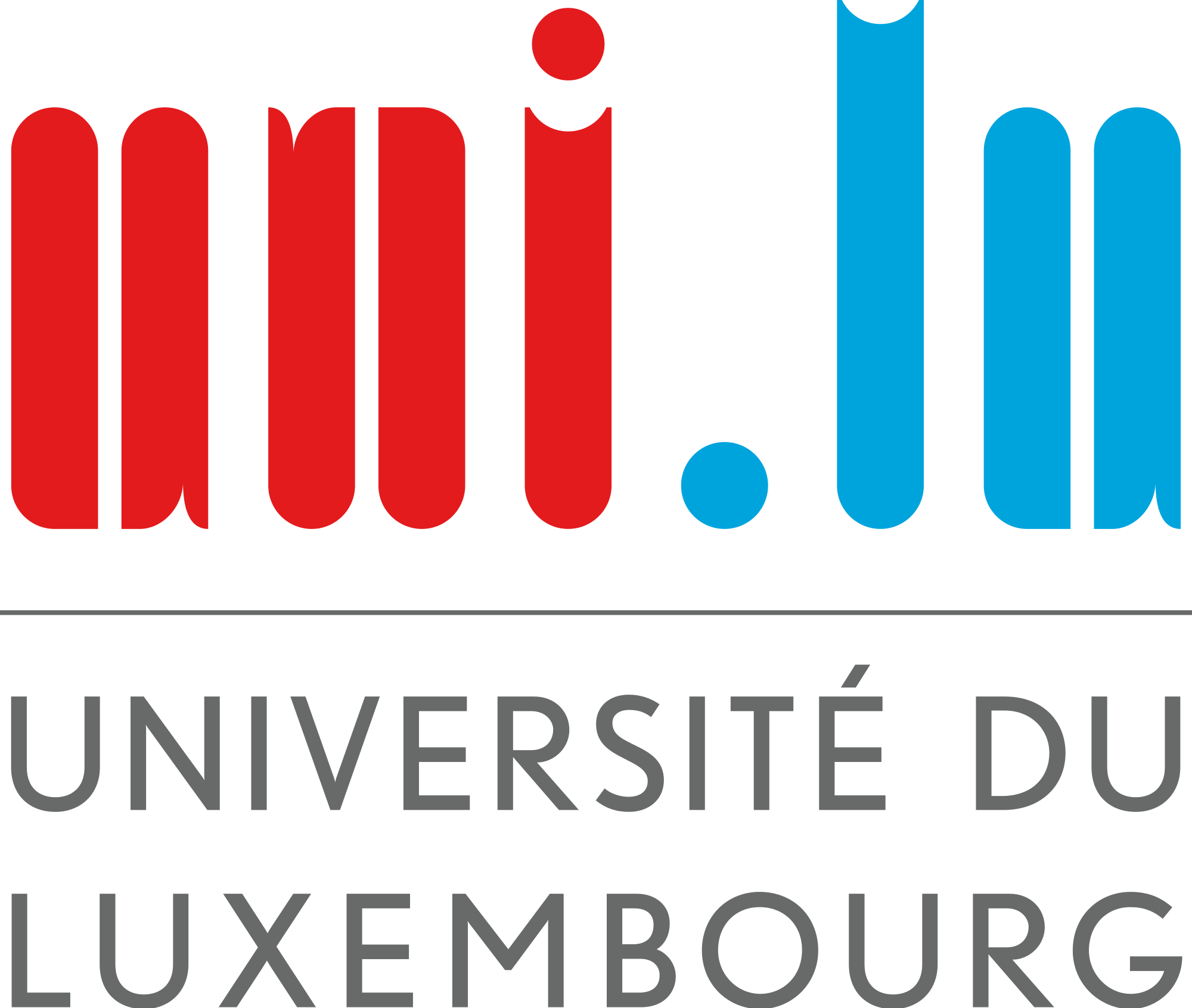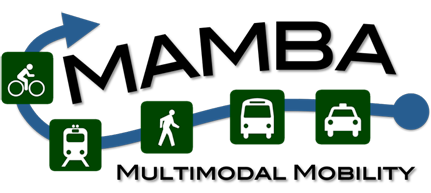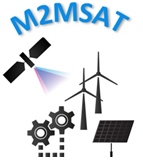Internet Technology invades almost all spheres of our everyday life. Due to emerging use cases such as online social networks, banking, buildings automation, smart metering, eHealth, and eGovernment, networks are increasingly used to transmit privacy-sensitive data. The volumes of transferred, processed, and stored data are continuously expanding. There is an ever-growing temptation to collect the information once revealed: storage becomes steadily cheaper, data mining increasingly better. As a consequence, privacy on the Internet is attracting more and more attention and has become a serious concern.
Read more ...

The world is urbanizing rapidly. As a consequence, traffic congestion in metropolitan areas has significantly increased over the last two decades. Although there has been significant innovation in cars’ safety systems and fuel efficiency, traffic congestion remains one of the modern ills of our society. In most cases, existing road infrastructure cannot easily be extended to meet increasing traffic demand.
Read more ...
MOTION: Exploring human mobility and optimizing the usage of the transportation network using vehicular network technologies
In order to understand individual mobility on a countrywide scale, it is important to reply on large scale mobility datasets.
Read more ...









